This article will list several monitor connectors, their terminology, uses and the ports they connect to.
Have you ever been in a situation where you look at your laptop, or desktop computer, and see your monitor with the various cables and connectors and wonder: "How do I connect all these wires??"
NOTE: when it comes to connecting or troubleshooting monitors, you really only have to worry about two things: Data and Power.
Data
You can think of this as like a stream of information that's being "sent" by your computer resulting in the stuff that you see on your monitor screen. Things like the Windows logo you see when you power on your computer, your mouse cursor, Internet browser, YouTube video, basically anything that you physically see on a computer monitor.
All that stuff, that's handled by your computer, needs to travel to your monitor screen somehow so we use something that's called a Monitor Cable.
For each Monitor Cable there is a corresponding Monitor Cable port that's located on the back of a monitor or in the back of an all-in-one computer.
Let's look at some of the most common video cables and ports that you may come across;
| What's the port called? | What does it look like? | What cable do I use? | Description |
| USB-C |  |
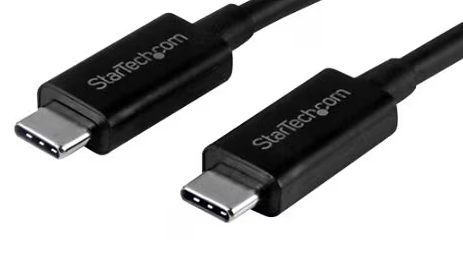 |
This new European standard connector can also be used to connect your monitor to your computer, as long as it's supported. |
| DisplayPort |  |
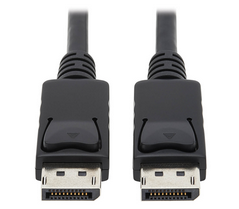 |
Relatively new connector designed for desktop computers. Present across most recent systems. |
| HDMI |  |
 |
High Definition Media Interface. Is present virtually on any piece of tech except for a phone. |
| DVI |  |
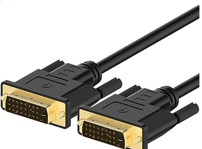 |
Digital Visual Interface cables are usually present on older monitors and computers. |
| VGA |  |
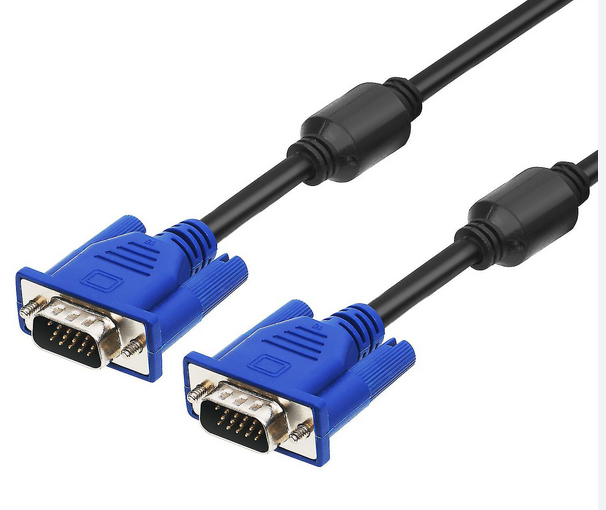 |
This Video Graphics Array port is present on some modern and most older computer systems and monitors. |
Alright, so we have mentioned that monitors primarily need Data and Power to work. We have covered the Data part by looking at the common connectors and ports. But what's this about power?
Power
Technology requires electricity to run. Computer power supplies and most computer monitors actually share the same standard cable for power delivery, and it looks like this: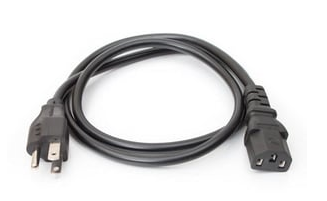
But sometimes you can come across a monitor that would use something like this:
When it comes to power connectors, they're easier to deal with since the manufacturer will include the appropriate connector in the box they sell the monitor in.
